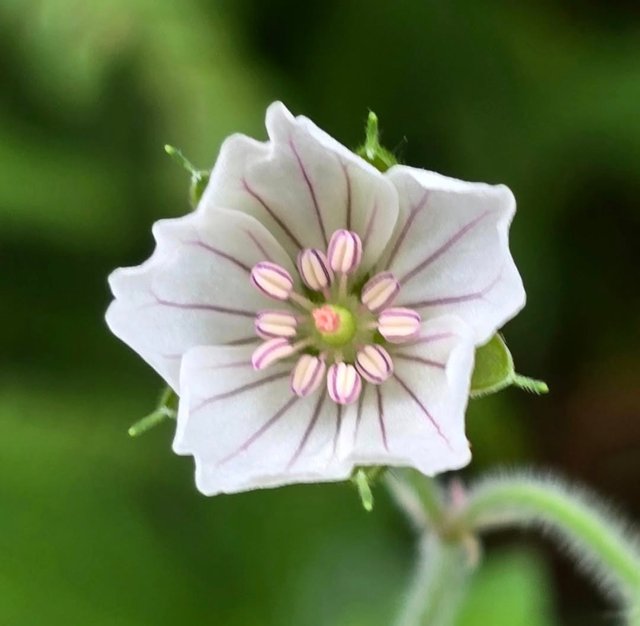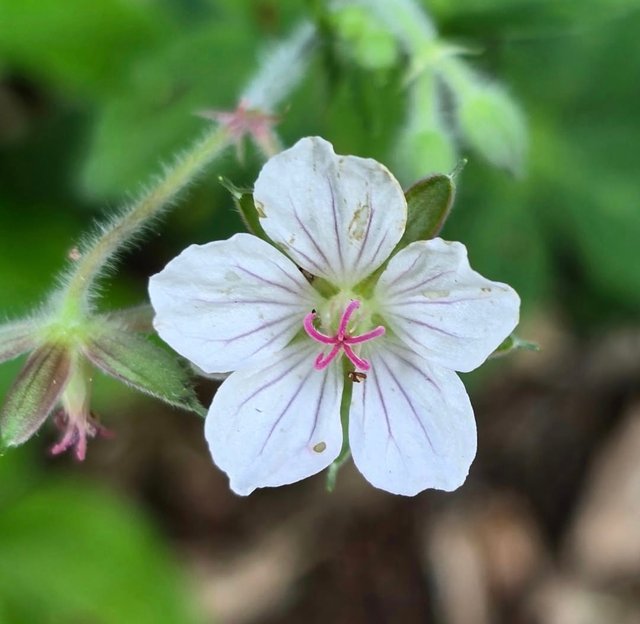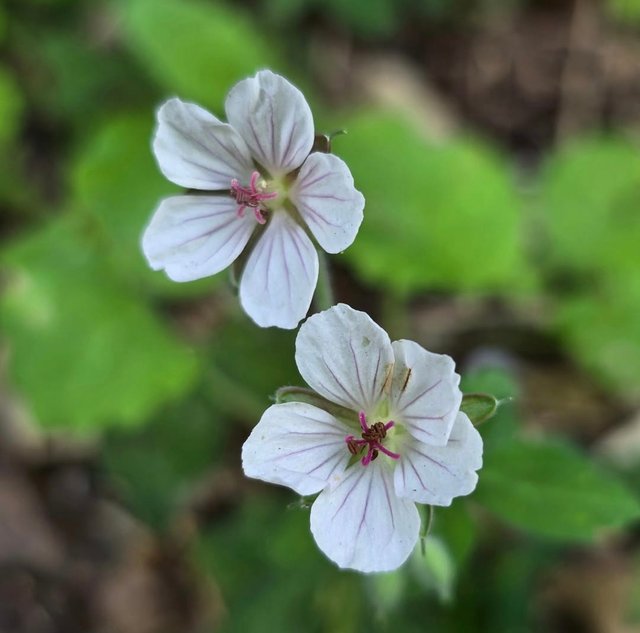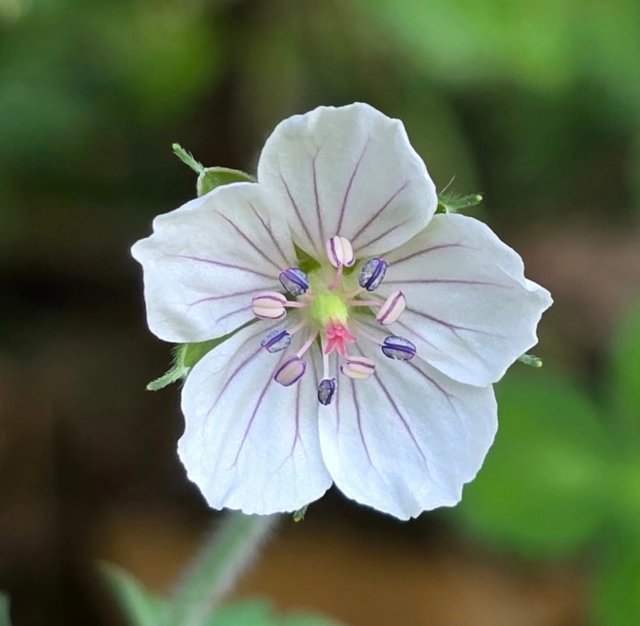Richardson geranium Flower
Richardson’s geranium plays an important ecological role in the regions where it grows. Its flowers attract a variety of pollinators, including bees, butterflies, and other beneficial insects, which rely on its nectar and pollen during the summer months. The seeds are dispersed naturally and can contribute to the spread of wildflower populations in open landscapes. Because it is adaptable and resilient, Richardson’s geranium is sometimes used in native plant gardens, pollinator-friendly plantings, and habitat restoration projects, especially in areas that require hardy species capable of withstanding diverse environmental conditions. Its ability to thrive in both upland meadows and montane forests makes it a versatile species that contributes to biodiversity in multiple ecosystems.
Culturally and historically, wild geraniums including Richardson’s geranium have been valued for their medicinal properties. Indigenous peoples and early settlers used different parts of the plant for traditional remedies, particularly the roots, which were believed to have astringent properties useful for treating wounds, digestive issues, and other ailments. Today, while its medicinal use has declined, the plant remains admired for its natural beauty and ecological significance. It continues to be a favorite among botanists, hikers, and gardeners who appreciate its delicate flowers, graceful foliage, and contribution to native landscapes. Richardson’s geranium stands as both an ornamental wildflower and an important species in North American ecosystems, symbolizing the balance between beauty, resilience, and ecological value.



